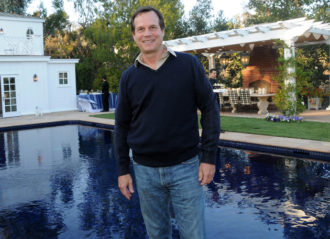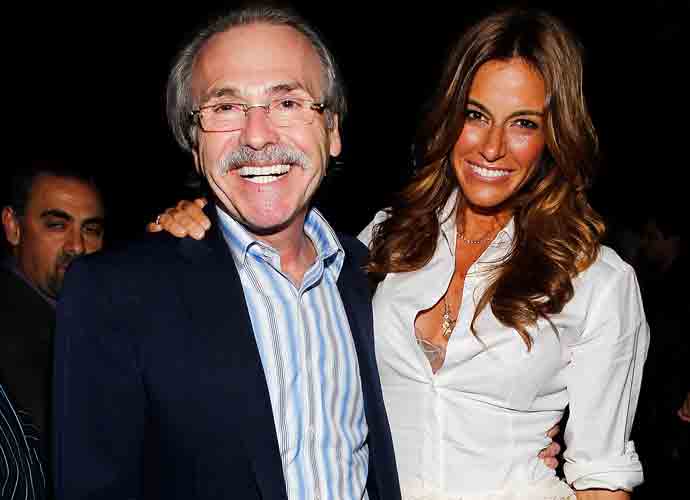Hundreds Attend Stephen Hawking’s Funeral In Cambridge
Hundreds of people lined up in the streets of Cambridge, England, to celebrate Stephen Hawking’s life and legacy on the day of his funeral.
Following his death on March 14, Hawking’s family held a private funeral at Cambridge University’s Great St. Mary’s Church on Saturday morning. Five hundred people were in attendance, including Eddie Redmayne, who portrayed Hawking in the 2014 biographical drama The Theory of Everything. Redmayne, as well as astronomer royal Martin Reese, gave a reading during the service. Eulogies were read by one of Hawking’s children and a former student.
The funeral was officiated by the Rev. Cally Hammond, Dean of Cambridge University’s Gonville and Caius College, where Hawking was a fellow for 52 years.
Hawking was an atheist, but “because of his deep ties to Cambridge University, his family chose the customary Church of England service given to longtime fellows here,” according to NPR.
At the beginning of the service, the bells of the church tolled 76 times, once for every year he was alive. A private reception followed later at Trinity College for guests of the family.
Hawkings remains will be cremated at a later date and will be buried in Westminster Abbey, along side other history-making scientists Sir Issac Newton and Charles Darwin.
“It is entirely fitting that the remains of Professor Stephen Hawking are to be buried in the Abbey, near those of distinguished fellow scientists,” the Dean of Westminster Dr. John Hall said in a statement. “Sir Isaac Newton was buried in the Abbey in 1727. Charles Darwin was buried beside Isaac Newton in 1882.”
Hawking was a theoretical physicist that lived the majority of his life with amyotrophic lateral sclerosis (ALS), which confined him to a wheelchair and was only able to communicate through the use of a voice synthesizer. He gained worldwide recognition through his papers and books on the mysteries of space, time and black holes. His book A Brief History of Time became an international bestseller. He submitted his final paper just days before his death, it proposed a way of detecting an infinite number of parallel universes.
RELATED ARTICLES
Get the most-revealing celebrity conversations with the uInterview podcast!




 Click here for the In Memoriam: Celebrities Who Died In 2017 Slideshow
Click here for the In Memoriam: Celebrities Who Died In 2017 Slideshow



Leave a comment